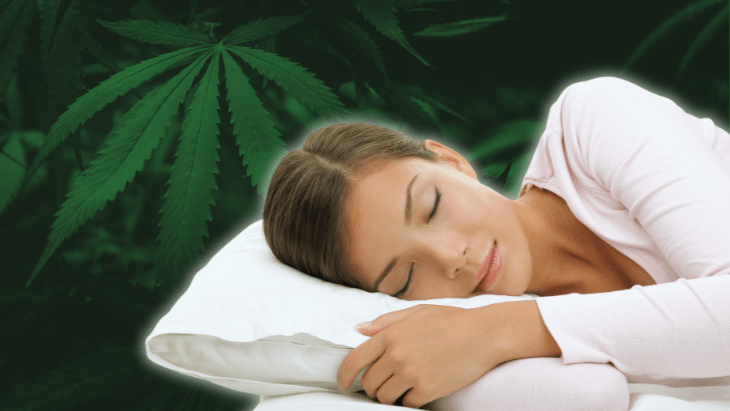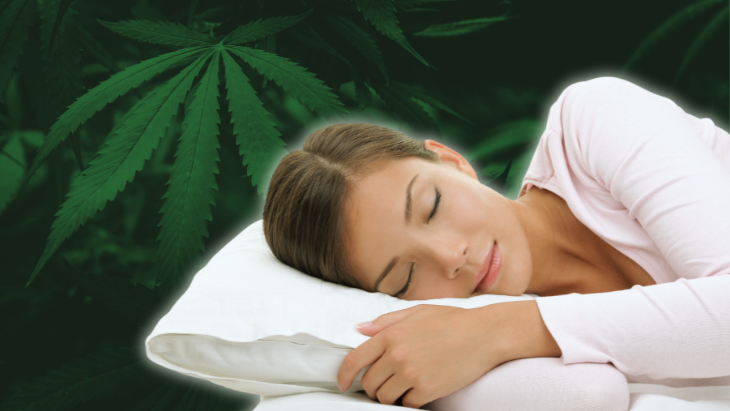
Forty percent of sleep apnea patients enrolled in Minnesota’s medical cannabis access program experienced significant and sustained improvements in their sleep following the use of medical cannabis products, according to data provided by researchers at the Minnesota Office of Cannabis Management.
State investigators analyzed data from 3,102 first-time patients with obstructive sleep apnea (OSA). They reported that 40 percent of patients “experienced significant improvement in their sleep within four months of beginning treatment and were able to maintain the sleep improvement for an additional four months.” Over half of those who experienced moderate to severe fatigue upon enrollment also reported significant improvements in their symptoms.
“These numbers show meaningful changes in disturbed sleep and fatigue for patients after starting medical cannabis,” said OCM Senior Researchers Grace Christensen. “Obstructive sleep apnea can affect a patient’s mental health and physical health, so helping patients treat their symptoms can have a holistic outcome on their well being.”
Over a third of OSA patients who reported experiencing symptoms of depression or anxiety upon enrollment also acknowledged mental health improvements following cannabis treatment.
The study is the largest ever conducted assessing cannabis use in patients with obstructive sleep apnea.
Clinical trials have previously concluded that the use of oral THC (dronabinol) mitigates symptoms in sleep apnea patients. Several studies have also linked the use of cannabis to improvements in patients with insomnia. Data published in 2022 in the Journal of Cannabis Research found that over half of adults who consume cannabis for purposes of self-medication do so to address sleep disturbances.
“Consumers have long utilized cannabis as a sleep aid and these new data substantiate their experiences,” NORML’s Deputy Director Paul Armentano said. “Those involved with Minnesota’s medical access program are to be commended for not only providing regulated cannabis products to those who need them, but also for collecting and making available this important data so that it can be shared with other regulators, policymakers, patients, and their physicians.”
Over 26 percent of adults between the ages of 30 and 70 years are estimated to suffer from sleep apnea. However, most patients are unaware that they have it. Sleep apnea is a chronic disease that increases one’s risk of high blood pressure, heart disease, Type 2 diabetes, stroke and depression.
Minnesota regulators added obstructive sleep apnea to its medical cannabis program as a qualifying condition in 2018.
Prior analyses of patients enrolled in Minnesota’s medical cannabis registry have reported that those suffering from chronic pain and post-traumatic stress experience clinically meaningful reductions following cannabis therapy.
The full text of the Minnesota Office of Cannabis Management study, “Obstructive Sleep Apnea Patients in the Minnesota Medical Cannabis Program,” is available online. Additional information on cannabis and sleep apnea is available from NORML’s publication Clinical Applications For Cannabis & Cannabinoids.
Related
Medical Disclaimer:
The information provided in these blog posts is intended for general informational and educational purposes only. It is not a substitute for professional medical advice, diagnosis, or treatment. Always seek the advice of your physician or other qualified healthcare provider with any questions you may have regarding a medical condition. The use of any information provided in these blog posts is solely at your own risk. The authors and the website do not recommend or endorse any specific products, treatments, or procedures mentioned. Reliance on any information in these blog posts is solely at your own discretion.






